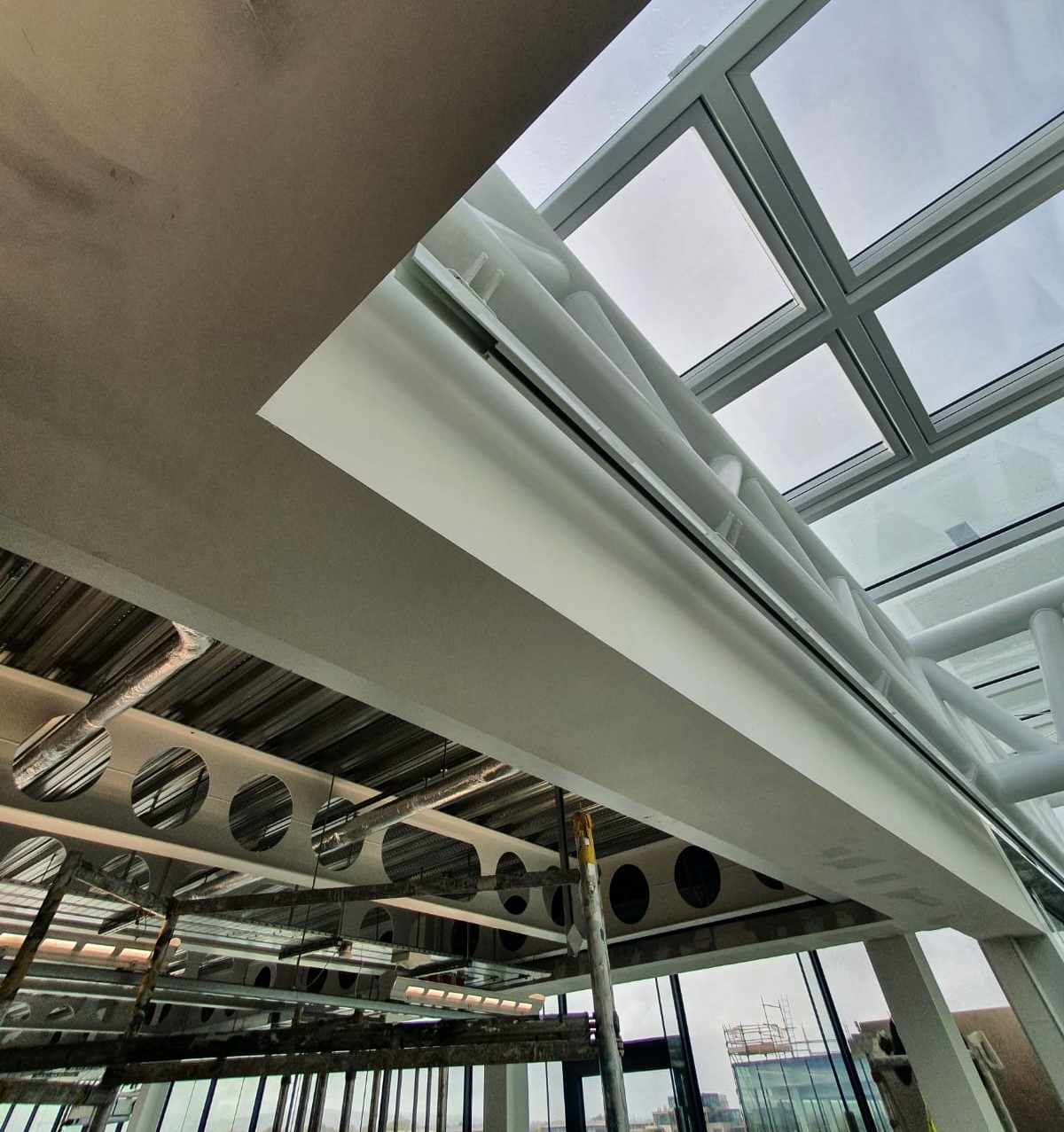
Exploring Innovative Building Maintenance Unit Solutions and Their Benefits for the Philippine Real Estate Industry
In the fast-paced world of modern architecture, ensuring the safety

The Philippines, like many rapidly developing countries, faces significant challenges when it comes to transportation infrastructure. Traffic congestion, pollution, and the need for sustainable travel options are pressing issues. One solution that has gained traction in recent years is the development and expansion of rail systems. In this blog post, we’ll explore the state of rail systems in the Philippines, their historical development, their role in transportation, and the challenges and prospects for the future.
The Philippines, with its growing population and urbanization, grapples with congested roadways, long commute times, and air pollution. Finding sustainable and efficient transportation solutions has become a priority.
The history of rail systems in the Philippines dates back to the late 19th century when the country was a Spanish colony. The first rail lines were built for transporting sugarcane and other goods. Over the years, rail systems expanded, but many were abandoned or fell into disrepair due to various factors.
Modern rail systems play a crucial role in alleviating traffic congestion. They offer a faster, more efficient, and eco-friendly mode of transportation compared to private vehicles. Rail systems are an integral part of providing a comprehensive public transportation network.
Currently, the Philippines has various types of rail systems, including commuter rail, light rail, and more. These systems serve different regions, connecting urban centers with suburban areas and providing commuters with reliable transport options.
Challenges such as funding, land acquisition, and technical hurdles have slowed down rail system development in the Philippines. However, ongoing projects and government initiatives signal a promising future for rail transportation.
Recent rail projects, like the Metro Rail Transit (MRT) and Light Rail Transit (LRT) extensions, have significantly improved public transportation in Metro Manila. These projects have reduced travel time and eased congestion, contributing to economic development.
Investing in modern rail systems offers numerous benefits, including reduced traffic congestion, decreased greenhouse gas emissions, and enhanced connectivity. These systems contribute to improving the overall quality of life for Filipinos.
Rail systems are eco-friendly modes of transportation. They have a lower carbon footprint compared to private cars and contribute to cleaner air and reduced pollution in urban areas.
Rail systems are known for their safety features and convenience. Passengers can avoid the hassles of traffic and enjoy a comfortable and reliable mode of travel.
The government and various stakeholders play a pivotal role in driving rail system development. Policies, investments, and collaboration are essential for realizing the full potential of rail transportation in the Philippines.
The development and expansion of rail systems in the Philippines hold the key to overcoming transportation challenges. As the country invests in sustainable and efficient transportation infrastructure, Filipinos can look forward to a future with reduced traffic congestion, cleaner air, and improved connectivity. Stay informed about upcoming rail projects and support initiatives that advance the nation’s transportation infrastructure.

In the fast-paced world of modern architecture, ensuring the safety

Worker safety is a top priority in industries where fall

Imagine soaring through the lush forests and picturesque landscapes of

When working at heights, safety is a top priority. In

In the dynamic landscape of the Philippines, where weather conditions

Worker safety at elevated heights is a priority for industries
Copyright © 828 Cable System Inc. Philippines 2023 All Right Reserved